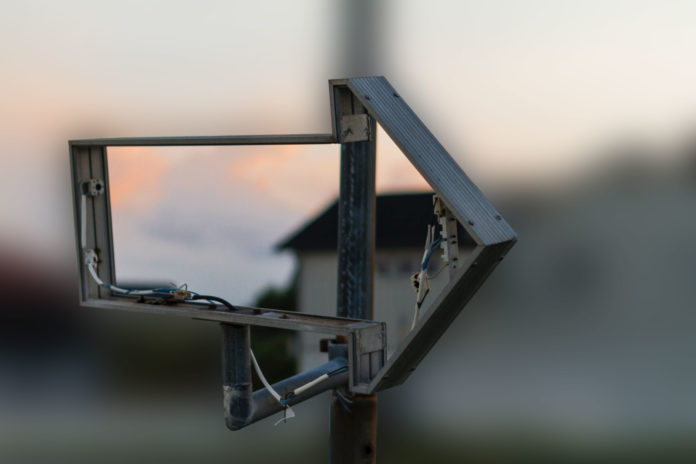
Pending its second public hearing and final approval at the regularly scheduled Marathon City Council meeting on Tuesday, March 8, the City of Marathon will have a new sign ordinance for 2022 and beyond.
“Our existing sign code is seven years out of date,” City of Marathon Attorney Steve Williams told the council as he presented the rewritten ordinance at the Feb. 8 city council meeting, referencing a 2015 U.S. Supreme Court decision that ruled all signs must be treated equally regardless of message content. The new ordinance classifies signs only as temporary or permanent, and establishes restrictions for each. It does not address the style, color or shape of signs.
“If you have to read a sign to determine whether it is legal or not, your sign code is unlawful,” Williams said. He then urged the council to pass a new sign ordinance as quickly as possible to ward off state-level attempts to preempt the city’s ability to make its own laws.
The proposed ordinance is heavily based on a similar code adopted by Monroe County in recent years, but tailored to Marathon’s specific needs and challenges.
As currently proposed, the ordinance doesn’t require existing permanent signs to be replaced. However, should ground- or building-mounted nonconforming signs (made so by the new ordinance) require maintenance, repair or replacement, the owner will have to apply first for a sign number, and then a permit. Temporary signs, however, will be affected immediately — as soon as the proposed ordinance becomes law, possibly early March.
Here are some other highlights of the ordinance that will require one more reading before it becomes official:
1. Pennants, flutter signs, wind activated banners, streamers, balloons, cold air inflatables or other fixed aerial signs used for commercial advertising are prohibited.
2. Signs that feature motion such as video or audio, including vehicles displaying electronic signs or what are essentially large screens, are prohibited. All messages on electronic signs must be static, although scrolling text and multiple cycling still images are allowed.
3. Vehicle signs (a sign mounted or painted on any vehicle, trailer, boat, etc.) parked on public property, including rights of ways or on private property, so as to be clearly visible from any public right-of-way, are also prohibited. However, vehicles that feature business signs, and are parked in front of the business in legal parking spots, are allowed.
4. The city has created a definition and rules for temporary signs that apply to event signs, election signs or yard sale signs. In residential neighborhoods, up to three temporary signs are allowed per parcel so long as they don’t exceed 6 square feet. Temporary signs will be allowed to be out for 60 days. In non-residential neighborhoods, the cumulative square footage of the three or fewer signs cannot exceed 12 square feet and the 60-day rule also applies.
5. The new ordinance also addresses what it calls discontinued signs; for example, signs for businesses that have moved or closed. The city may require the property owner to dismantle the sign structure and remove it completely if the property remains vacant for a period of time; however, decisions will be made on a case-by-case basis.
6. Signs over 40 square feet or more than 20 feet high must be designed by a state-registered engineer. Signs suspended from chains are prohibited.
7. The new ordinance contains provisions for the safe placement of signs as to not obstruct lines of sight at intersections, driveways and other areas of concern. Failure to follow these provisions could result in code violations.
When the proposed sign code is passed, new sign sizes will be determined by location — on U.S.1 or a frontage road adjacent to U.S.1, or on a city road or shoreline — and whether it is single-sided or double-sided. For example, a parcel on a city side street with less than 151 feet of frontage may construct a new sign that is 40 square feet if it is single-sided or 80 square feet if it is double-sided. A parcel on U.S.1, with more than 300 feet of frontage, could construct a 200-square-foot sign, or a 400-square-foot double-sided sign.
Marathon’s proposed sign ordinance makes exceptions for hospitals, corner lots, service stations, convenience stores, marinas, schools, churches, day care centers, individual charter boats and drive-through carry-out services, among others.
The full text of the original proposed ordinance, before edits agreed upon at the Feb. 8 meeting, is available at ci.marathon.fl.us under the “Meetings and Agendas” tab. The public will have another chance to comment on the ordinance at its second, and potentially final, hearing at the Marathon City Council meeting on Tuesday, March 8 at 5:30 p.m. The revised ordinance will be available on the city’s website shortly before the meeting.



















